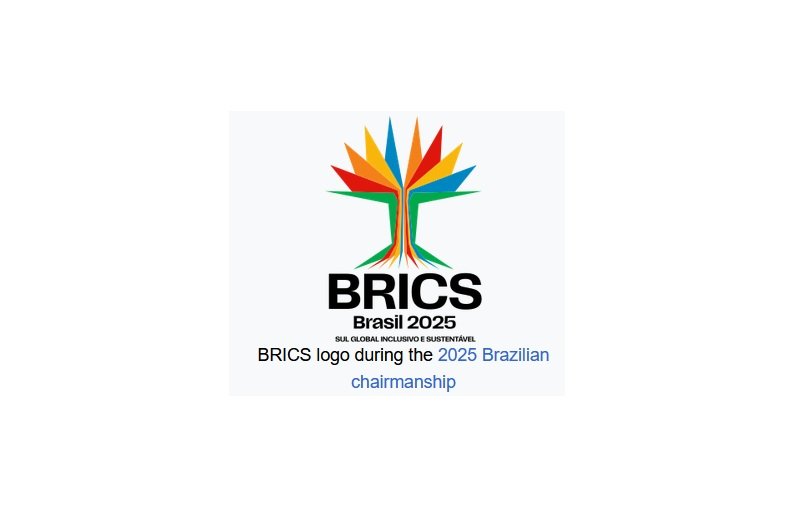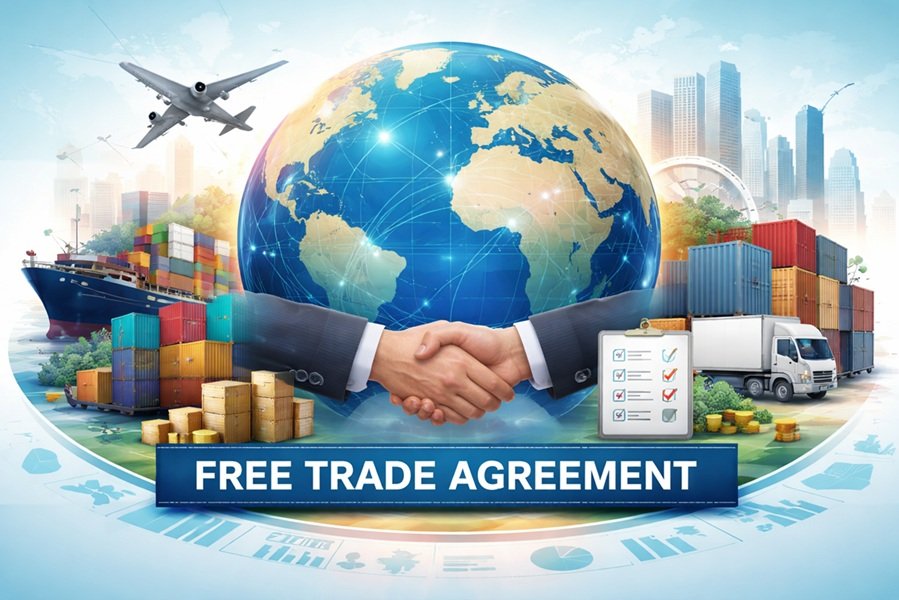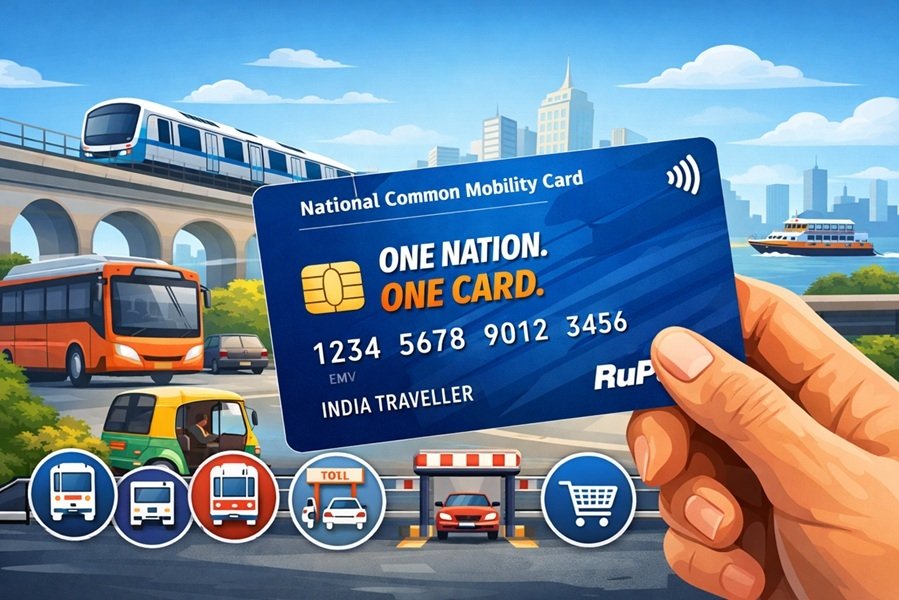
The BRICS grouping—comprising Brazil, Russia, India, China, and South Africa—has emerged as a significant force in global economic and political affairs. Initially envisioned as a coalition of major emerging economies, BRICS has now turned its attention to expansion, signaling a transformative shift in its role and influence. This article delves into the history, rationale, process, implications, and challenges of BRICS expansion.
Right now, BRICS is an intergovernmental organization consisting of ten countries—Brazil, Russia, India, China, South Africa, Egypt, Ethiopia, Indonesia, Iran and the United Arab Emirates. In this article we discuss BRICKS expansion.
Background of BRICS
BRICS was formalized in 2006 with Brazil, Russia, India, and China as founding members, reflecting their growing economic clout and shared aspirations for a multipolar world order. South Africa joined in 2010, transforming “BRIC” into “BRICS.”
Objectives of BRICS
- Economic Cooperation: Strengthening trade and investment among member countries.
- Global Governance Reform: Advocating for greater representation of emerging economies in institutions like the IMF and World Bank.
- Development Collaboration: Launching initiatives like the New Development Bank (NDB) to fund infrastructure and sustainable projects.
- Political Solidarity: Promoting a multipolar global order to counterbalance Western dominance.
The Case for Expansion
The idea of expanding BRICS has been under discussion for several years. The grouping’s recent decision to admit new members marks a significant milestone in its evolution.
Rationale for Expansion
- Broadening Influence: Adding new members enhances BRICS’ global footprint, making it a more representative body of the Global South.
- Strengthening Economic Power: Expanding membership increases the bloc’s collective GDP, trade volume, and resource base.
- Political Leverage: A larger BRICS can present a united front on key global issues, amplifying its voice in international forums.
- Geopolitical Realignments: As global power dynamics shift, BRICS aims to position itself as a counterbalance to Western-led alliances like the G7.
Criteria for Membership
While there is no formalized criteria for new members, the following factors are likely considered:
- Economic Potential: Significant GDP, trade volume, and market size.
- Strategic Importance: Geopolitical location and resource endowments.
- Alignment with BRICS Objectives: Shared goals of multipolarity and development.
Recent Developments in BRICS Expansion
Announcement of New Members
At the 15th BRICS Summit in Johannesburg in 2023, the group announced the inclusion of six new countries:
- Saudi Arabia
- United Arab Emirates (UAE)
- Iran
- Argentina
- Egypt
- Ethiopia
Right now, BRICS is an intergovernmental organization consisting of ten countries—Brazil, Russia, India, China, South Africa, Egypt, Ethiopia, Indonesia, Iran and the United Arab Emirates. Because 29 December 2023 the Government of Argentina sent a letter to all BRICS leaders to officially announce its withdrawal from the application process.
Implications of the New Entrants
- Economic Strength: The inclusion of resource-rich countries like Saudi Arabia and UAE bolsters the bloc’s energy security and economic power.
- Geopolitical Reach: New members enhance BRICS’ influence across Africa, the Middle East, and Latin America.
- Diverse Perspectives: A broader membership introduces new ideas and approaches to global challenges.
Impacts of BRICS Expansion
On Global Economy
- Increased Trade and Investment: Expanded BRICS offers greater opportunities for intra-bloc trade and investment.
- Diversified Economic Cooperation: New members bring unique strengths, from energy resources to agricultural potential.
On Global Governance
- IMF and World Bank Reforms: A larger BRICS can exert more pressure for reforming global financial institutions.
- Alternative Frameworks: Initiatives like the NDB and proposals for a BRICS currency may gain momentum.
On Geopolitics
- Stronger Multipolarity: An expanded BRICS strengthens calls for a multipolar world order.
- New Power Blocs: The expansion may lead to realignments in global alliances.
Challenges of Expansion
Internal Cohesion
- Diverse Interests: Reconciling the varied priorities of an expanded membership poses a challenge.
- Decision-Making: Larger membership may complicate consensus-building within BRICS.
Economic Disparities
- Varied Economies: Balancing the needs of advanced economies like Saudi Arabia with those of developing nations like Ethiopia requires careful coordination.
Geopolitical Tensions
- Conflicting Alliances: New members’ ties to Western powers or regional rivalries could create friction.
The Road Ahead
Strengthening Institutional Frameworks – BRICS must enhance its institutional mechanisms to accommodate new members and address internal challenges.
Expanding Cooperation Areas – The bloc could explore new areas of collaboration, such as digital economy, green energy, and healthcare.
Promoting Inclusivity – Ensuring equitable participation and benefits for all members is key to maintaining unity and relevance.
Conclusion
BRICS expansion marks a pivotal moment in its journey, reflecting its ambitions to reshape global governance and champion the Global South’s interests. While challenges remain, the inclusion of new members offers opportunities to enhance economic collaboration, political solidarity, and geopolitical influence. By navigating these complexities effectively, BRICS can solidify its role as a transformative force in international relations.






